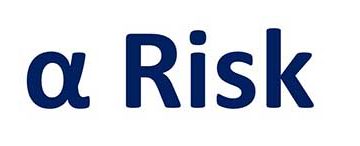We’ve got loads of content on our site, and know it can be overwhelming to sort through it. To help you navigate your way around, our learning tracks walk you through a path of study.
Follow the links in sequence to build an outstanding knowledge of problem solving. You can take the basic journey for free. Members get the added perk of being able to download much of the content. But if you want to get the most out of your training time, we recommend you invest in our premium audio / visual products.
Our Continuous Improvement Independent Study Pack is available with premium products for loads of the lessons on this list, as well as many more from other tracks. You can also get additional training material for the modules included in the list below.


